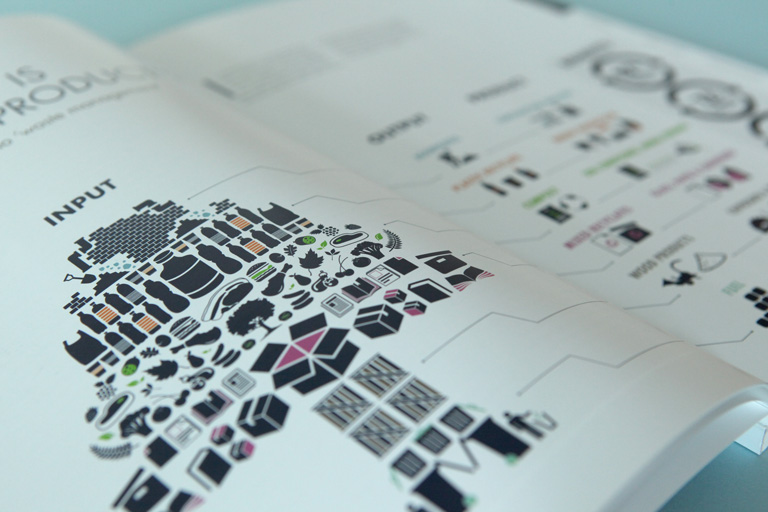If you want to solve the world’s problems, call a creative
Published Jul 23, 2015 – By Tim Mustoe, Art Director

Forget typefaces, colours, animations or metaphors; being creative is about solving problems. Often, the way to do that is to simplify, to boil down a complex set of thoughts or messages to their essence, so that we can explain them to an audience with limited experience of the subject matter.
Whether you’re a writer, editor, illustrator, animator or designer, the first task is to understand not only the problem or challenge at hand, but also as much of the background as possible. The second is to interpret and analyse, deliberately putting yourself in a position of ignorance while having all the facts. If you can explain the complex to your unknowing self, whether in words, pictures or graphics, then you have succeeded in simplifying it.
It requires inward examination, discipline and honesty. Just because you understand what’s on the screen doesn’t mean an uninitiated audience will, and if you lose your audience, all that mental toil and interpretative graft will have gone to waste.
A great example of simplifying the complex can be found in corporate reporting. We currently produce three annual reports for three very different companies, each with a unique story to tell, and with varying levels of complexity. The annual report is often the first introduction a potential investor has to a company, so the story needs to be told in a way that is easy to grasp, often without an in-depth knowledge of accounting rules, reporting practices and industry trends.
Corporate business models, strategies and operations are rarely straightforward, yet the time-poor reader needs to understand the basics of the business in minutes, so that they can decide whether or not to dig further using other sources.
This year, we took a two-pronged approach for one of our clients. We commissioned an experienced business journalist to convey specific corporate strategy messages, and designed infographics to explain complex divisional business models. The result is a brochure-like report with real, useful, measurable information, presented clearly and with style. At its most basic level, it’s an example of words and pictures working together to create something that’s worth more than the sum of its individual parts.
Which is what we’re good at, after all.
Stay ahead of the curve
Sign up to our emails

